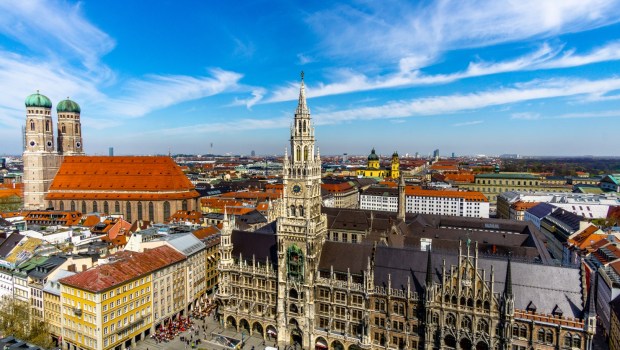Lenten Campaign 2025
This content is free of charge, as are all our articles.
Support us with a donation that is tax-deductible and enable us to continue to reach millions of readers.
In a landmark discovery, archaeologists in southern Germany have uncovered the remains of a long-forgotten medieval settlement near Munich, shedding light on an important but previously unknown chapter of the region’s ecclesial history. The find, which dates from between the 9th and 13th centuries, includes the ruins of a church and other structures that paint a vivid picture of life in the area over a millennium ago.
As explained by Medievalists.net, the discovery was made during routine excavation work at the Federal Office for Radiation Protection (BfS) in Oberschleissheim, a suburb of Munich. Construction crews were preparing the ground for a new building when they unexpectedly stumbled upon the remains of the medieval settlement. Among the ruins, archaeologists identified the foundations of houses, ovens, pit houses, cellars, and a church.
What makes this find particularly remarkable is that at first there were no visible signs that such a settlement existed. However, after meticulous research using historical maps and documents, experts believe they have identified the site as the medieval village of Wagrain. At the heart of this ancient settlement, the team uncovered the foundation of a church, complete with a sunken apse. Surrounding the church were some 20 burials, and another burial pit was discovered beneath its former floor, the contents of which have yet to be fully explored.
“In the early Middle Ages, burials within a church were rare and typically reserved for individuals of high status,” Dr. Jochen Haberstroh, deputy head of the Archaeological Heritage Department of the Bavarian State Office for the Protection of Monuments, told Medievalists.net. “The discovery of this settlement enhances our understanding of the history of the region during the founding of Munich.”
Recent construction projects in the Munich Gravel Plain have uncovered several early medieval settlements, but this discovery stands out for its exceptional completeness. Once the archaeological work is complete, the site will be transformed into a new BfS building that will house more than 200 employees.
“The excavations and their exciting findings show that this area north of Munich was attractive even in earlier times and that there is still much to be discovered,” said Inge Paulini, president of the BfS. The reasons for the abandonment of the Neuherberg settlement around 1300 remain unclear, but ongoing research may soon reveal the secrets buried in the soil and tombs of this fascinating site.










